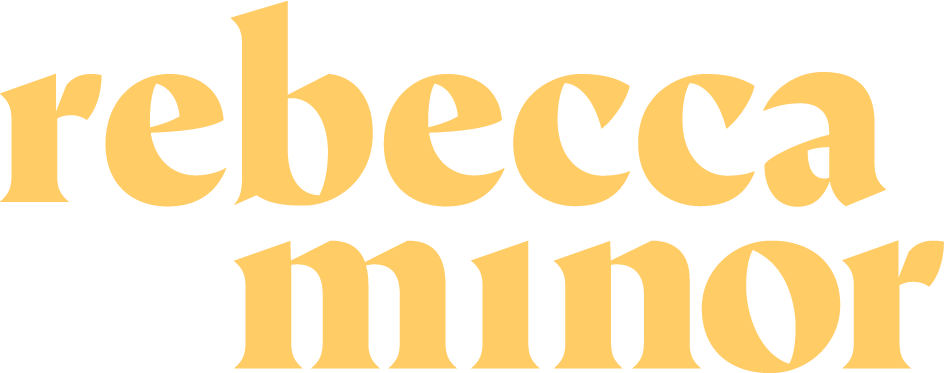Gender Identity Challenge
Understanding one's gender identity is often seen as a journey exclusive to transgender individuals. However, it's crucial for everyone, regardless of their gender identity, to examine their relationship with gender. This introspection can reveal how deeply societal norms and expectations influence our understanding of ourselves. Many people, particularly those who are cisgender, rarely question their gender identity because it aligns with societal norms assigned at birth. Yet, exploring these constructs can uncover the pressures and stereotypes that shape our lives, and the limitations of the binary.
Let’s practice, with the Gender Identity Challenge!
*adapted from @transgender_together on Instagram
Step 1: Describe your gender
Step 2: Explain how you know you are that gender, BUT:
You can’t reference body parts (“I know I’m a woman because I have ____”)
You can’t use gender terms/language (“I know I’m a man because I feel masculine”)
Step 3: Consider the privilege of not having to answer questions like this to prove the validity of your gender identity
Step 4: Reflect on your experience!
Did you give it a shot?
Did you find it difficult?
Was the only thing you could think of the assurance that you just *know* your gender?
That’s okay!
Just remember:
If cis people can claim their gender identity by saying “it feels right” or “I know it in my heart,” then we need to accept and affirm these answers from trans folks, too!
Let’s Unpack:
Engaging with our understanding of gender can be a revealing and sometimes uncomfortable process. Many individuals find that gender is often defined by societal expectations and personal experiences, rather than intrinsic identity. This reflection challenges the traditional views of gender roles and highlights how deeply language and anatomy shape our identities.
In workshops, participants frequently share how oppressive experiences, such as being belittled or overlooked, define their understanding of femininity. For many women, their identity is intertwined with societal pressures and the performance of femininity, leading to exhaustion from conforming to these expectations. However, it's essential to recognize that gender identity is not solely shaped by negative experiences. Many women also find strength in their connections with others and embrace nurturing qualities as integral to their womanhood.
Similarly, men often feel confined by traditional notions of masculinity, where vulnerability is seen as weakness. They describe the pressure to conform to ideals of strength and control, which can be emotionally exhausting. Yet, many men also express fulfillment in their roles, finding pride in supporting loved ones and nurturing relationships. These reflections reveal that gender identity is often context-dependent and can be better understood as variable states rather than fixed traits. Theories like human giver syndrome and precarious manhood illustrate how societal norms shape our understanding of gender roles, often restricting emotional expression and caregiving to specific genders.
To create a more inclusive society, we must critically examine our definitions of gender. What if gender were defined by collective strength and the pursuit of joy, rather than shared experiences of oppression? Imagine a world where gender identity is celebrated as a dynamic aspect of humanity, free from societal limitations.
Trans individuals often face scrutiny and are challenged to justify their gender identity, highlighting a disparity in how cisgender and transgender people navigate their experiences. This underscores the need for acceptance of all identities and the importance of allowing individuals to define themselves. By challenging restrictive norms and embracing a fluid understanding of gender, we can foster an environment where everyone can express their true selves. This shift will empower individuals to move beyond traditional roles and stereotypes, enabling a more authentic and fulfilling expression of identity.
Ultimately, it’s crucial to honor each person’s unique journey and to create a society where everyone can live as their true selves, free from constraints and expectations.
A great way to be a better ally to the trans people in your life is learning the proper terms to discuss 2SLGBTQ+ topics! To download a PDF of gender and sexuality terms click here.
Read my blog post Six Myths About Trans Folks, Debunked! to learn more misconceptions you may have and how to correct them!
Has a kid in your life recently come out to you? Check out my guide!
Want to better understand gender so you can support the kids in your life?
Sign up for How To Talk To Kids About Gender, the course that helps parents and caregivers have the not-so-difficult conversations that matter about gender.
